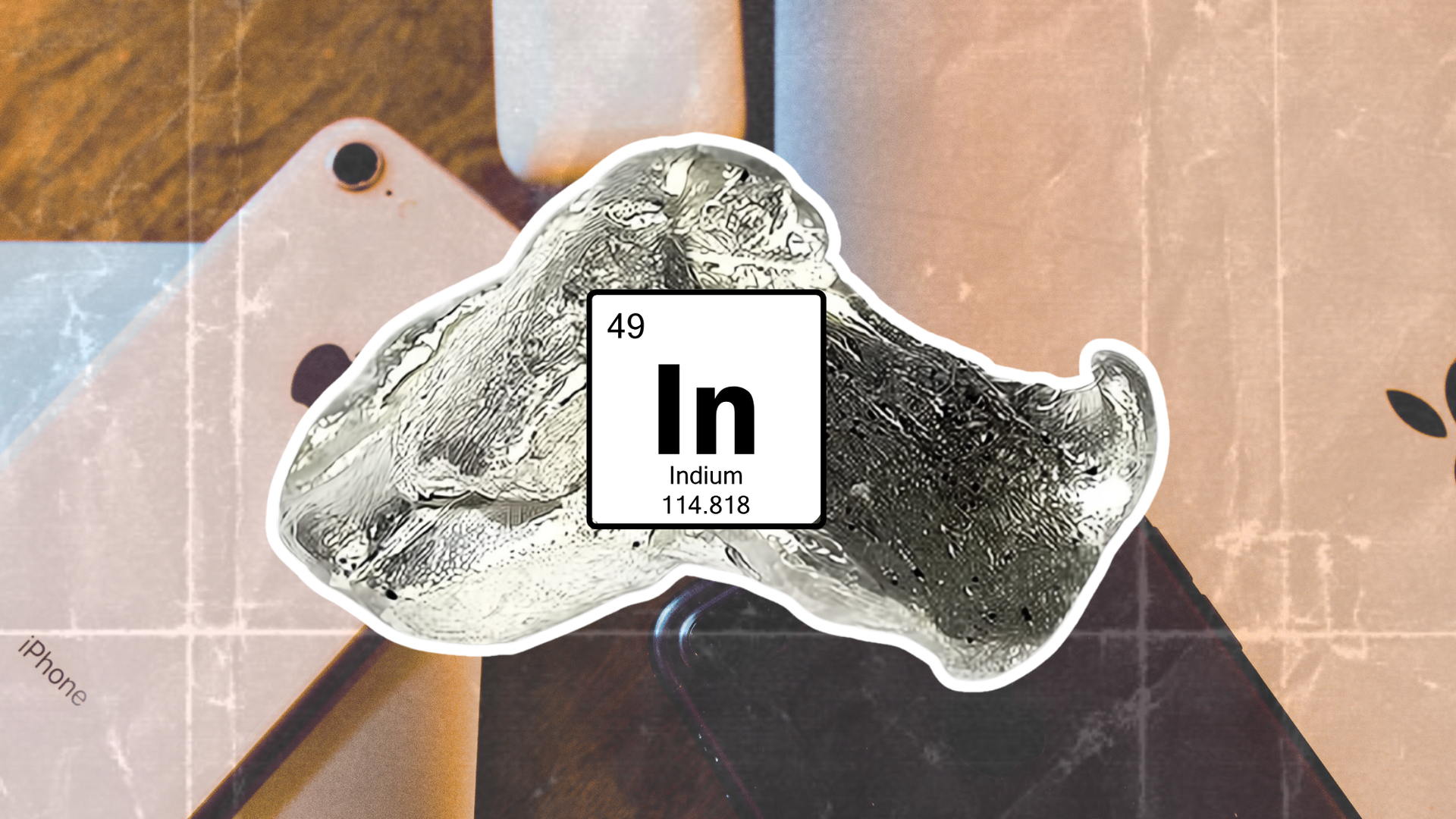

In an age where technology evolves unprecedentedly, the demand for rare materials like indium has surged significantly. Indium, a soft, malleable metal primarily used in electronics, particularly in indium tin oxide (ITO) for touch screens and solar panels, is becoming increasingly scarce due to its limited natural reserves. As the electronics industry grapples with sustainability challenges, indium recycling emerges as a crucial solution, offering many benefits beyond mere resource recovery.
This article delves into the multifaceted impact of indium recycling on the electronics industry, exploring its environmental, economic, and technological implications.
Indium is a critical component in various electronic devices, including smartphones, tablets, laptops, and flat-screen televisions. The metal's unique properties—such as excellent conductivity and transparency—make it indispensable in manufacturing touch screens and displays. Moreover, with the global shift toward renewable energy sources, indium plays a vital role in solar panel production.
However, the extraction of indium poses significant environmental challenges. Mining activities can lead to habitat destruction, water pollution, and greenhouse gas emissions. As such, the need for sustainable practices within the industry has never been more pressing.
One of the most compelling reasons for recycling indium is its potential to mitigate electronic waste (e-waste). The rapid turnover of electronic devices results in millions of tons of e-waste being generated annually. According to the Global E-Waste Monitor 2020 report, around 53.6 million metric tons of e-waste were produced worldwide in 2019 alone—a figure expected to rise significantly.
Recycling allows for the recovery of valuable materials like indium from discarded devices. By reclaiming indium from old smartphones and computers, we can drastically reduce the amount of e-waste that ends up in landfills. This not only helps protect the environment but also conserves valuable resources.
The environmental benefits of indium recycling extend far beyond e-waste reduction. Traditional mining processes are resource-intensive and environmentally damaging. They consume vast amounts of water and energy while generating substantial waste and pollution.
By recycling indium, we can significantly lower our environmental footprint. The recycling process generally requires less energy than mining and refining new indium from ore. Studies show that recycling metals can save up to 95% of the energy required for primary production. Additionally, recycled materials often have a lower carbon footprint than their mined counterparts.
The economic implications of indium recycling are equally significant. As demand for indium continues to rise alongside technological advancements, the price of newly mined indium has also seen an upward trend. This volatility poses risks for manufacturers who rely on stable material costs.
Recycling offers a cost-effective alternative by providing a steady supply of recycled indium at potentially lower prices than newly mined material. Moreover, investing in recycling infrastructure creates jobs in the collection, processing, and technology development sectors.
Indium recycling plays a pivotal role in promoting sustainable manufacturing practices within the electronics industry. The concept of a circular economy emphasizes minimizing waste by reusing materials rather than relying solely on new resources.
By integrating recycled materials back into production processes, manufacturers can reduce their reliance on virgin materials and lower their overall environmental impact. This shift not only aligns with growing consumer demand for sustainable products but also helps companies comply with increasingly stringent regulations regarding resource use and waste management.
The advancement of recycling technologies has significantly improved the efficiency and effectiveness of indium recovery processes. Traditional methods often resulted in low recovery rates and high costs; however, recent innovations have transformed this landscape.
Hydrometallurgical techniques—using aqueous solutions to extract metals—have become more sophisticated and effective in recovering indium from e-waste. These methods often involve less energy consumption and fewer harmful chemicals compared to traditional pyrometallurgical processes (which use high temperatures). As technology continues to evolve, we can expect even higher recovery rates and lower costs associated with indium recycling.
The electronics industry is heavily reliant on stable supply chains for critical materials like indium. However, geopolitical factors can disrupt these supply chains—leading to price fluctuations and material shortages.
Recycling serves as a strategic buffer against such disruptions by providing an alternative source of supply. By supplementing primary production with recycled materials, manufacturers can better manage risks associated with fluctuating availability and prices.
As global efforts intensify to transition toward renewable energy sources, the demand for materials like indium is expected to rise dramatically. Solar panels—particularly thin-film technologies that utilize ITO—are becoming increasingly popular as countries seek sustainable energy solutions.
Recycling plays a crucial role in ensuring a steady supply of indium for these applications. By recovering indium from old solar panels or other electronic devices at their end-of-life stages, we can support the growth of renewable energy technologies while minimizing the environmental impacts associated with new mining operations.
Despite its numerous benefits, indium recycling faces several challenges that must be addressed to maximize its potential impact on the electronics industry:
While recycling offers cost savings in theory, establishing efficient collection and processing systems requires significant upfront investment.
Many consumers remain unaware of the importance of recycling electronic devices or how to do so effectively.
A lack of consistent regulations regarding e-waste management can hinder recycling efforts across different regions.
Indium recycling is not merely an option but a necessity for the future sustainability of the electronics industry. By addressing pressing environmental concerns while simultaneously providing economic benefits and supporting technological advancements, recycling offers a holistic solution to one of modern society's most pressing challenges: managing finite resources amid growing demand.
As we move forward into an era defined by rapid technological change and increasing environmental awareness, embracing practices like indium recycling will be crucial for creating a sustainable future—one where innovation thrives without compromising our planet’s health or depleting its resources. The path ahead may be fraught with challenges; however, the rewards—both ecological and economic—are well worth pursuing as we strive towards a more sustainable world.